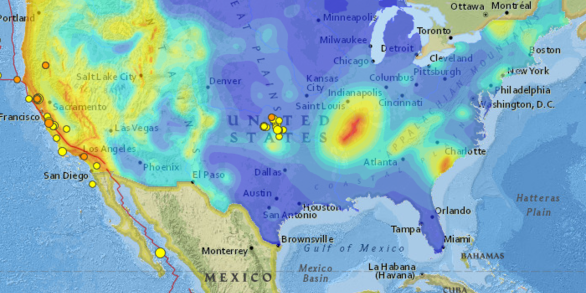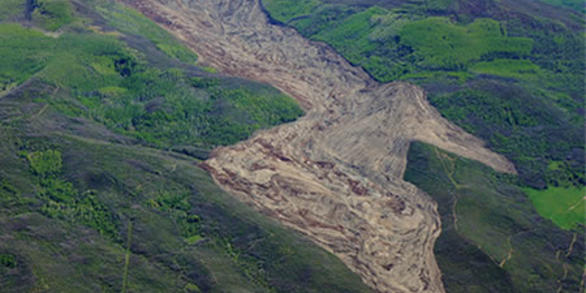Latest Earthquakes
7.1
5.2
6.3
6.8
4.9
4.5
5.1
4.9
5.7
6.2
7.4
6.4
7.1
6.6
7.1
5.2
6.3
6.8
4.9
4.5
5.1
4.9
5.7
6.2
7.4
6.4
7.1
6.6
Geologic Hazards Science Center
The Geologic Hazards Science Center (GHSC), on the Colorado School of Mines campus, is home to the National Earthquake Information Center (NEIC), many scientists in the Earthquake Hazards Program and Landslide Hazards Program, as well as the Geomagnetism Program staff.




